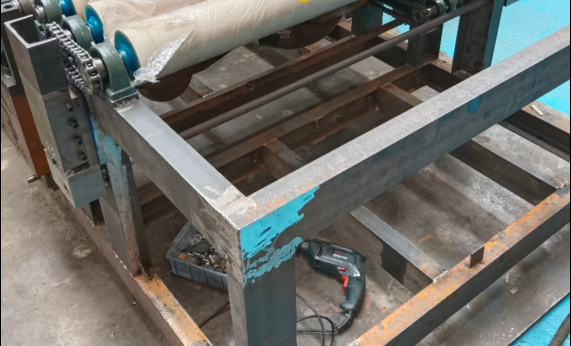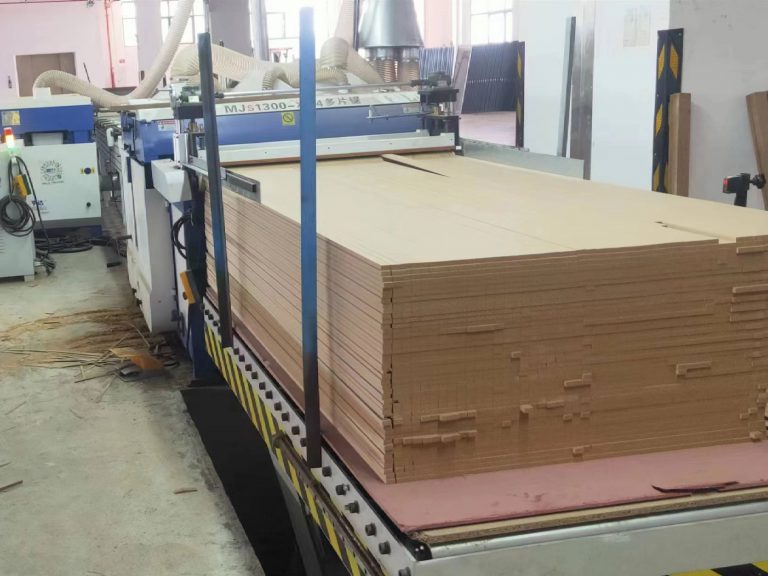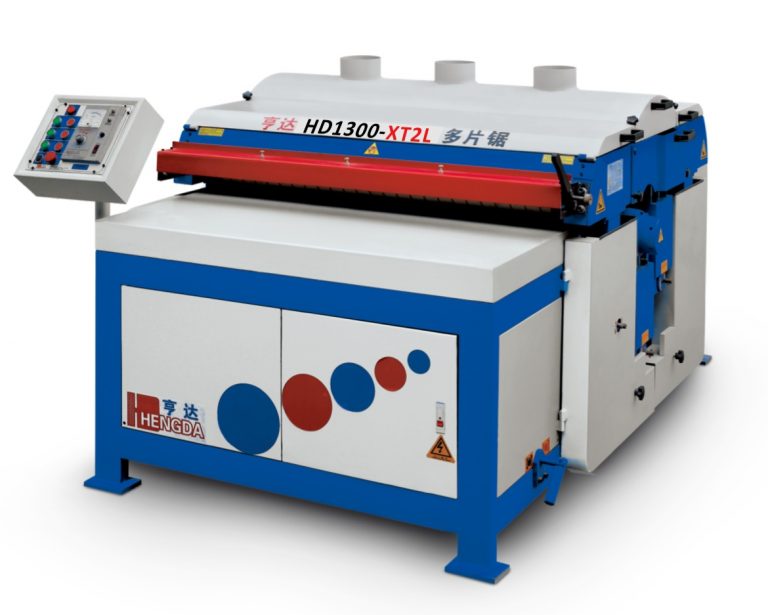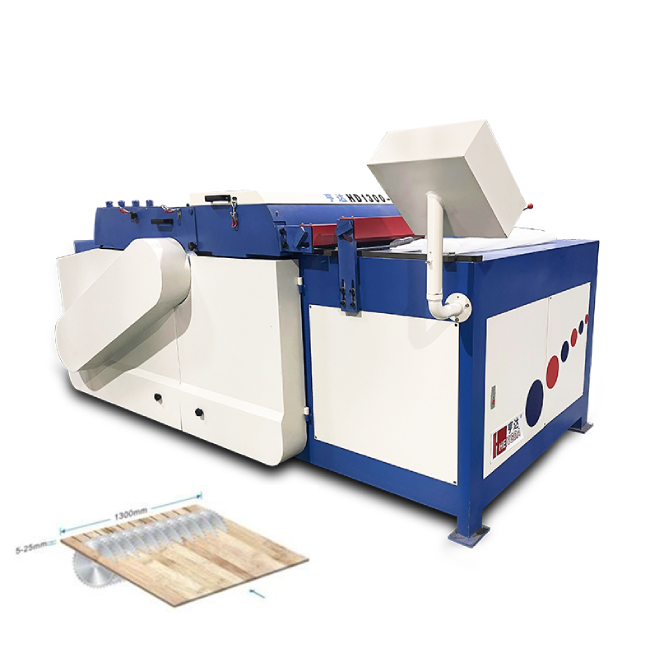
Precision Casting of the Woodworking Multi Blade Saw Machine Frame
In the complex world of industrial machinery, the stability and long-term reliability of a piece of equipment often depend on its most fundamental yet easily overlooked “skeleton”—the machine frame. As a high-speed, high-intensity woodworking tool, the quality of a multi-blade saw’s frame directly impacts cutting precision, machine vibration levels, and even its overall service life.
At Hengda, we understand the importance of a solid foundation. That’s why the manufacturing of Hengda multi-blade saw frames follows a rigorous and precise process, ensuring exceptional stability from the very beginning. Today, we’ll explore the engineering secrets behind the Hengda multi-blade saw frame.
The Importance of the Frame: The Foundation of Stable Operation
The frame is the load-bearing core of a multi-blade saw, supporting all critical components, including the spindle, motor, transmission system, and conveyor system. During high-speed operation and wood cutting, the frame must withstand tremendous forces, continuous vibrations, and potential impacts from all directions.
A frame that lacks strength or has internal stress may experience slight deformation over time, leading to:
- Reduced cutting precision and inconsistent product dimensions.
- Increased machine vibration and noise.
- Accelerated wear of internal components (e.g., bearings, transmission parts).
- Potential safety hazards.
Thus, the strength, rigidity, and stability of the frame are the foundation for ensuring high performance and long-term reliability of a multi-blade saw.

Precision Casting Process of Hengda Multi-Blade Saw Frames
We invests significant effort and resources into frame manufacturing.
1.Selection of International-Grade Materials and Precision Welding: The frames of Hengda multi-blade saws are constructed using high-quality, internationally standardized materials and precision welding. During welding, we strictly ensure the flatness of the workbench’s reference plane, which serves as the foundation for subsequent processing and final accuracy control. Through precise welding techniques, we build the frame’s initial strength and structural integrity.
2. Deep Reinforcement of Structural Toughness: Vibration Aging and High-Temperature Annealing After welding, internal stresses develop within the metal structure. If not addressed, these stresses can cause gradual deformation during use. To eliminate this issue, we employs two critical stress-relief and reinforcement treatments:
- Vibration Aging: By applying specific vibration frequencies and methods, the molecular structure of the frame is realigned, effectively releasing residual stresses from welding. This stabilizes the frame’s dimensions and geometry.
- High-Temperature Annealing: The frame is then subjected to high-temperature annealing. This process deeply eliminates microscopic stresses within the material and further optimizes the metal’s grain structure, significantly enhancing the frame’s overall toughness. As a result, the frame remains sturdy and deformation-free even under prolonged high-intensity operation, with outstanding fatigue resistance.
3. Integrated Precision Machining: Ensuring Flat Reference Surfaces: After stress relief and structural reinforcement, the frame undergoes the most critical step: precision machining. Using advanced equipment, we perform integrated precision machining on the entire frame. This ensures that all key installation reference surfaces—such as the spindle bearing seat and guide rail mounting surfaces—achieve exceptional flatness and accuracy.
Performance Advantages of an Exceptional Frame
The precision craftsmanship of our multi-blade saw frames translates into tangible operational benefits:
- Unmatched Stability: The stress-relieved and precision-machined frame effectively absorbs and dampens vibrations during cutting, ensuring rock-solid stability even during high-speed, heavy-duty operations, significantly reducing shaking and noise.
- Long-Term Cutting Precision: Thanks to the frame’s structural stability, it prevents deformation over time, maintaining consistent geometric relationships among internal components (e.g., spindle, conveyor system). This guarantees lasting cutting precision and minimizes waste caused by frame issues.
- Extended Equipment Lifespan: A stable frame reduces impact and wear on precision internal components (e.g., bearings, spindle), prolonging the machine’s overall service life and lowering maintenance costs.
- Enhanced Operational Safety: A sturdy, vibration-resistant frame minimizes potential safety risks caused by structural deformation, providing a safer working environment for operators.
Conclusion
The manufacturing process of a frame is a key indicator of a multi-blade saw’s intrinsic quality and production capabilities. Hengda’s strict control over material selection, stress relief, and precision machining ensures that every multi-blade saw is built on a rock-solid foundation. This is not just our commitment to durability but also a robust guarantee of your production efficiency and product quality.




